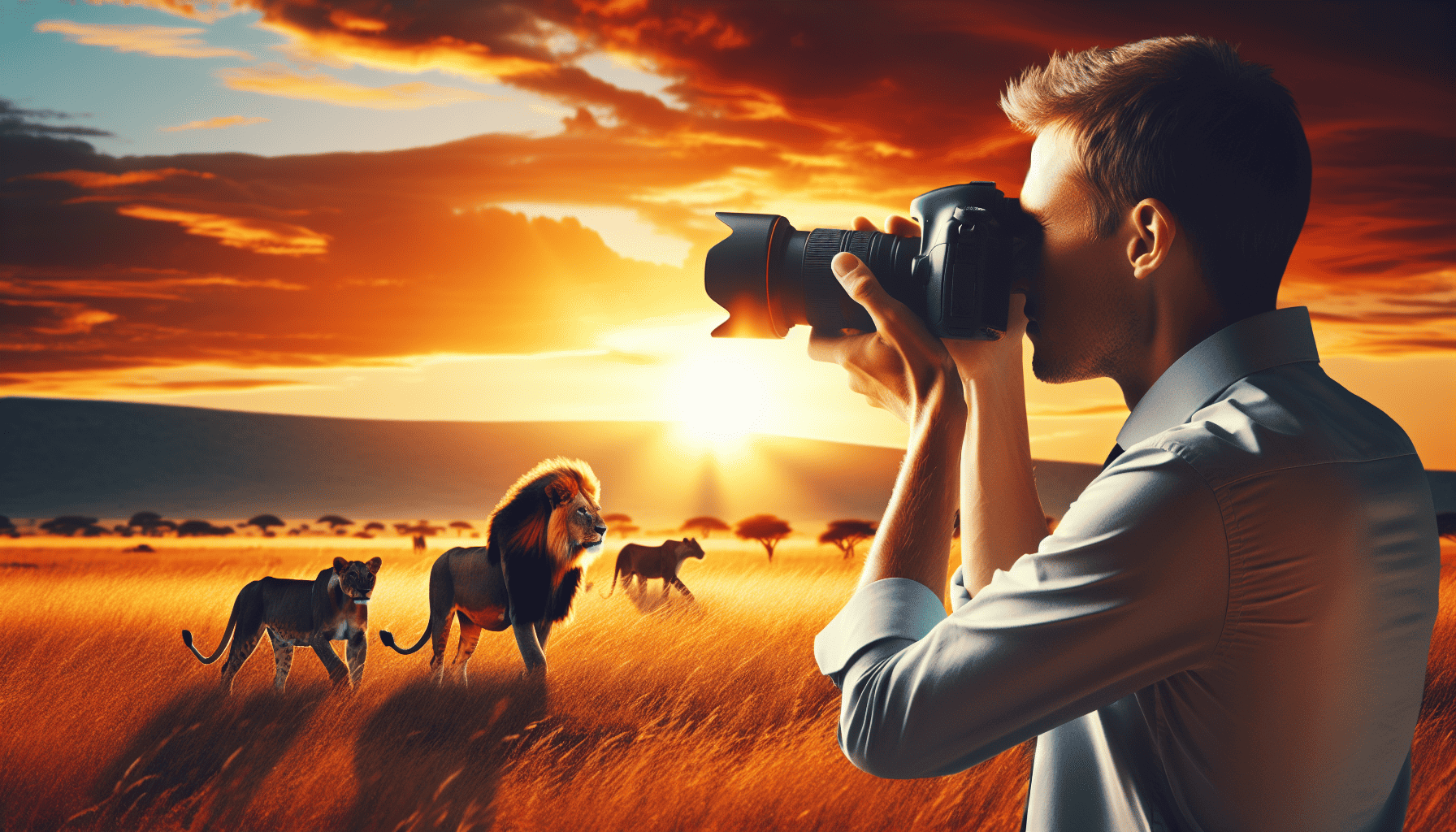Venturing into the heart of the wilderness with nothing but your camera and the vast expanse of the wild before you is an exhilarating experience. Safari photography allows you to capture not just images, but memories of the intricate dance of life as it unfolds in its most raw and natural form. Whether you're an amateur or a seasoned professional, the following guidance will enhance your ability to document these moments with mastery.
Choosing the Right Equipment
Before you set off, ensure you are armed with the appropriate gear. A reliable DSLR or mirrorless camera is essential, complemented by a telephoto lens, which will allow you to capture distant subjects such as lions basking in the afternoon sun or elephants grazing peacefully on the savannah. A lens in the range of 100-400mm is usually recommended for safari photography, providing flexibility without sacrificing clarity. Tripods may not always be practical due to the terrain and moving vehicles, but a monopod or bean bag can offer stability for those long-distance shots.
Mastering Your Camera Settings
Understanding your camera's settings is crucial to capturing the perfect shot. Shooting in Manual Mode gives you ultimate control over exposure and allows you to adjust settings such as ISO, aperture, and shutter speed to suit the lighting conditions of the moment. Higher ISO settings can be invaluable during early morning or dusk shots, while a faster shutter speed is paramount for capturing the dynamic, unpredictable motion of wildlife.
The Art of Composition
Composition is the cornerstone of any great photograph, and wildlife photography is no exception. Pay attention to the rule of thirds, using it to place your subject strategically within the frame. This technique adds balance and helps direct the viewer’s focus. Additionally, consider the background and environment — they should complement the subject, not compete with it.
Patience and Timing
One of the most significant aspects of successful wildlife photography is patience. Animals operate on their schedules, and it might take hours to capture the one moment you are seeking. Respect the rhythm of the wild and allow yourself to become part of it. Early mornings and late afternoons are typically best as wildlife is more active, and the softer, golden lighting conditions yield stunning results.
Capturing the Details
Don't miss out on the smaller details that tell a broader story. A close-up of a zebra's stripes or the texture of an elephant’s skin can add depth to your photographic narrative. Macro lenses can be handy for capturing such detailed shots that speak voluminous tales of life in the wild.
Respectful Interaction
While it's tempting to get as close as possible to your subjects, remember that you are a guest in their habitat. Ethical photography practices ensure that your presence doesn’t disturb the animals or their environment. Maintain a safe distance, and avoid any actions that might alter their natural behaviors.
Post-Processing Excellence
After your safari, the work isn’t over. Post-processing can elevate your captures from great to extraordinary. Programs like Adobe Lightroom or Photoshop allow adjustments to exposure, contrast, and color balance, enhancing your photographs while maintaining their authenticity.
Conclusion
Embarking on a wildlife photography safari is not just about taking photographs — it’s an immersive journey into the heart of nature’s pristine beauty. With the tips and techniques shared here, you’re equipped to capture the wild, striking life in moments that are both artful and authentic. With each click, remember to embrace the unpredictability of the wild, letting it unfold through your lens and narrate tales that are truly timeless.
